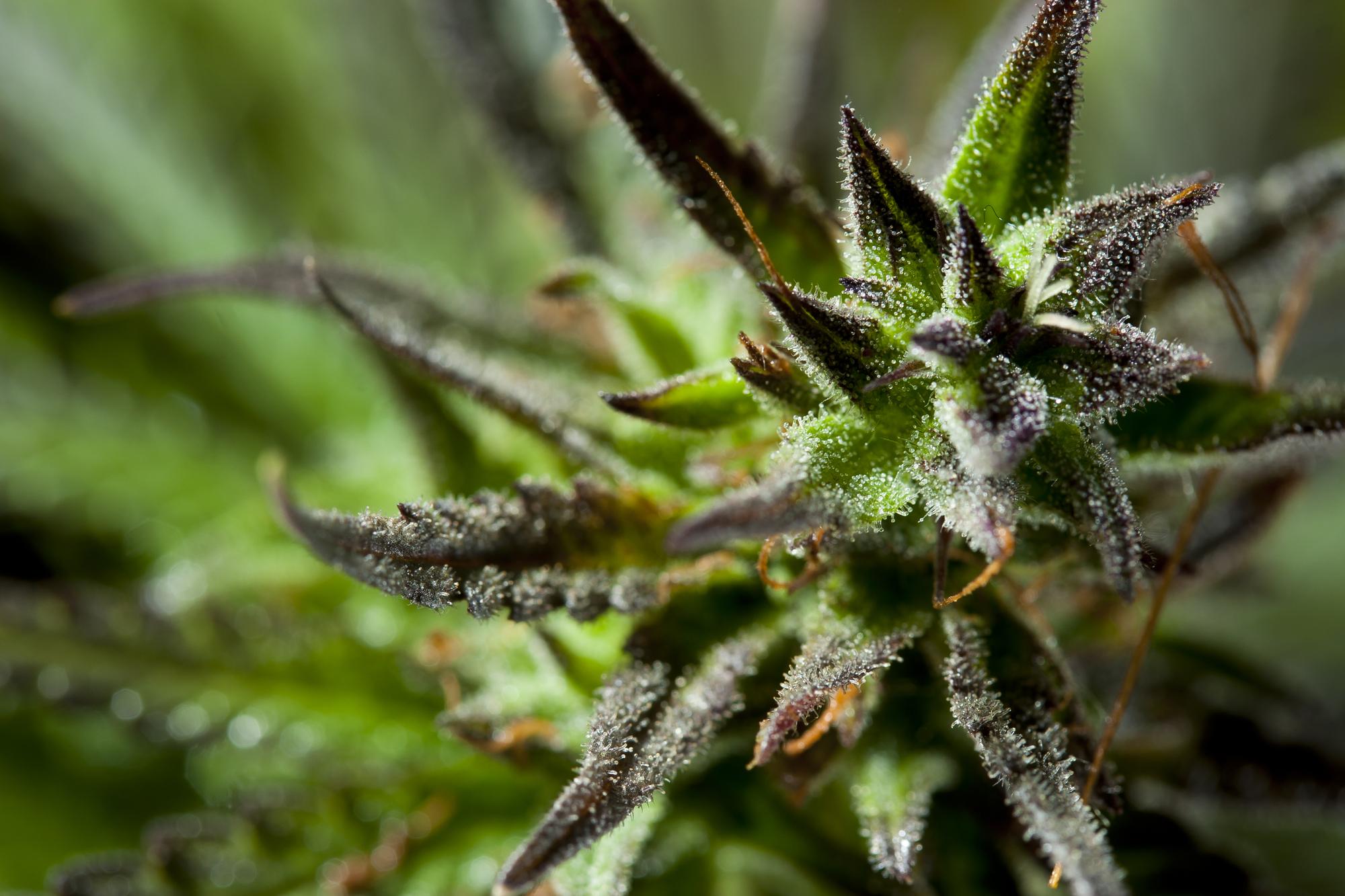Smarter Strain Shopping: How to Choose the Right Cannabis for You
Navigating a dispensary menu can feel like browsing through a wine list in a foreign language. With hundreds of cannabis strains available—each with different effects, aromas, and potencies.
Top-Shelf vs. Mid-Shelf: What Makes a Cannabis Strain Truly Premium?
When cannabis customers walk into a dispensary or browse an online menu, they’re often faced with a wide range of options.
The Roots of Quality: How Genetics Define Top Cannabis Strains
Understanding the genetic lineage of cannabis strains is essential for growers aiming to produce high-quality, consistent, and top-performing flower.
The Science of Frost: What Trichomes Reveal About Potency and Purity
Trichomes are the tiny, crystal-like structures found on the surface of cannabis flowers and leaves.
Reading the Label: A Shopper’s Guide to Cannabis Lab Results
When shopping at a dispensary, customers often browse flower jars or pre-roll packs with labels that seem full of scientific codes and numbers.
Cultivating Names: The Methods and Mystique Behind Cannabis Strain Nomenclature
The intricate world of cannabis strain nomenclature is as fascinating as the plant itself, with each name carrying a story that reflects its history, genetics, and the creativity of its cultivators.

